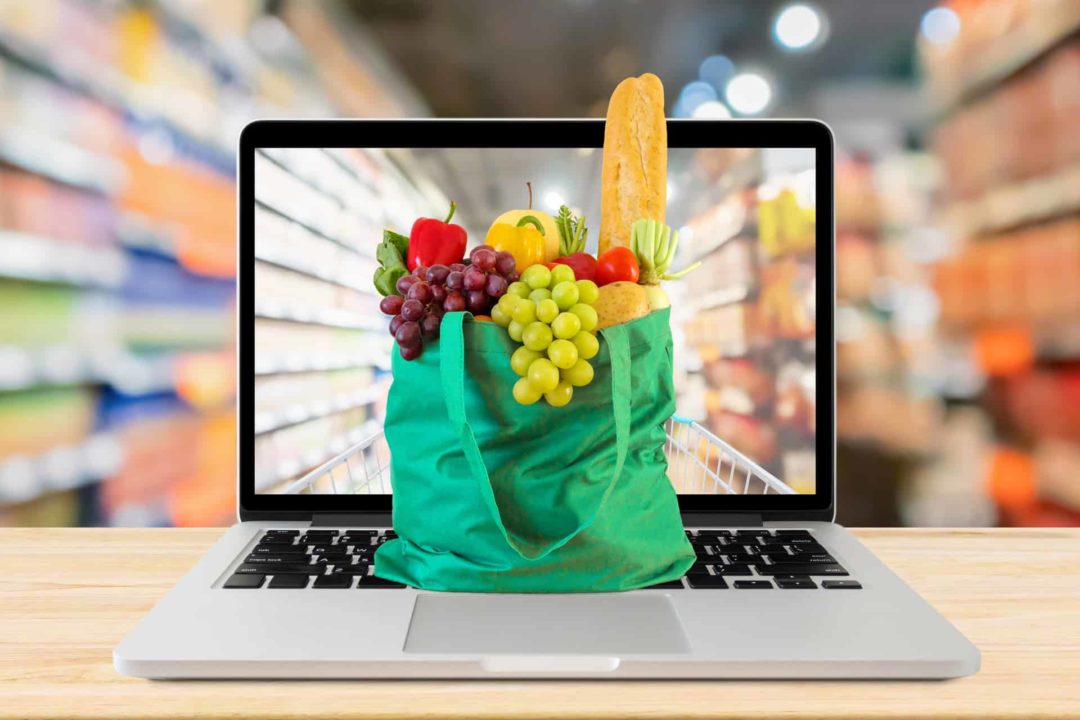This entrance of so many into the online shopper pool means that the behavior of online buyers as a class is changing. Nielsen has identified four emerging patterns to help predict drivers of pandemic purchase decisions, and is now applying them to online purchases. The patterns:
- E-commerce Basket Reset. Across multiple countries, shoppers have indicated that COVID-19 caused them to begin purchasing various essentials online, Nielsen reports—although this depends on the e-commerce infrastructure. In places where e-commerce isn’t as reliable or trusted, COVID-19 hasn’t driven shoppers to purchase categories such as fresh foods online. In South Korea, where e-commerce market maturity is relatively high, 21% of shoppers say they’ve begun purchasing fresh groceries online. In India, on the other hand, where e-commerce is growing but not yet ‘mature,’ online shopping is used more for hair and body care products.
- Digital Homebody Reset. People are staying home—and one in three global surveyed shoppers claim to purchase fresh food and beverages exclusively online. Nielsen suggests that this is a time to build trust and grow the number of people willing to purchase food online. Lauren Fernandes, Director of Nielsen’s Intelligence Unit, says: “Particularly with the conditions of COVID-19, many physical retail experiences such as self-serve prepared food stations have been shifted out of the safe and desirable spotlight. There’s an opportunity to infuse trust and credibility into e-commerce, whether that be through tactical features of the payment process or through experiential elements that can enlighten shoppers on their product’s origin or journey. It could be as simple as information on how safely their products are packaged or what local establishment may be supported through their purchase.”
Related: Nielsen: Retail Pricing Analytics Brings Stability to Unstable Pricing Landscape Merryfield Launches Clean-Label Consumer Rewards App The Personal Resilience Opportunity
- Online Rationale Reset. As shopping moved online, competition has increased, and online shoppers are “playing the field.” Nielsen suggests that brands should change tactics to reflect this: Rather than focusing on holding or growing loyalty, brands should work to create touchpoints that “boost top-of-mind awareness and brand equity.” Fernandes notes that many companies have evolved to meet this already—“Offering shoppable livestreams is one example from China where the point of purchase has evolved into a memorable and interactive experience.”
- E-tail Affordability Reset. Price was one of the top reasons why shoppers have switched between different e-tailers, but Nielsen’s research shows that it wasn’t the only reason: Shoppers were equally likely to switch between e-tailers if products were more expensive, if delivery costs had increased, or if products were proven faulty or fake. Ease of payment and free delivery are also highly influential. The same goes for community input: 74% of shoppers indicated that they consider reviews when deciding whether or not to buy a product. Another major factor is assortment—63% choose to shop e-tailers offering a wide selection of brands and products.










